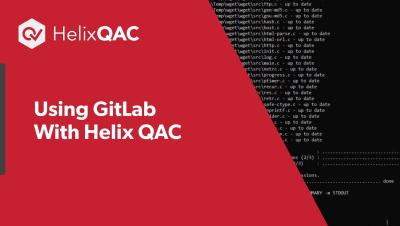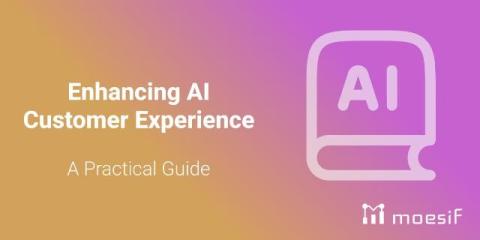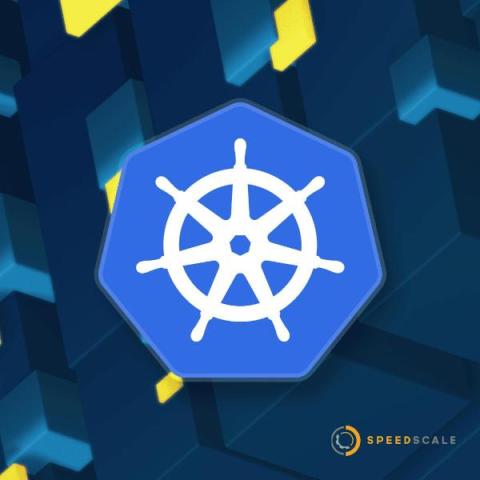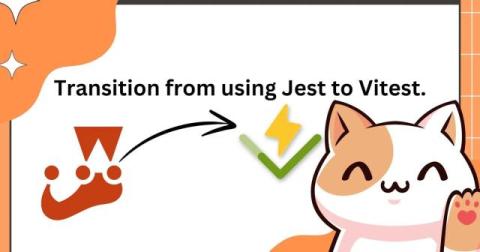Katalon Achieves SOC 2 Type II Certification for 2024
We are proud to share that Katalon has successfully completed its SOC 2 Type II audit, conducted by Sensiba LLC. We received a clean audit opinion, with no exceptions noted in the review of our controls over the specified period. This achievement confirms that our internal controls are functioning effectively, further strengthening the confidence our customers have in us and enabling them to operate securely.











